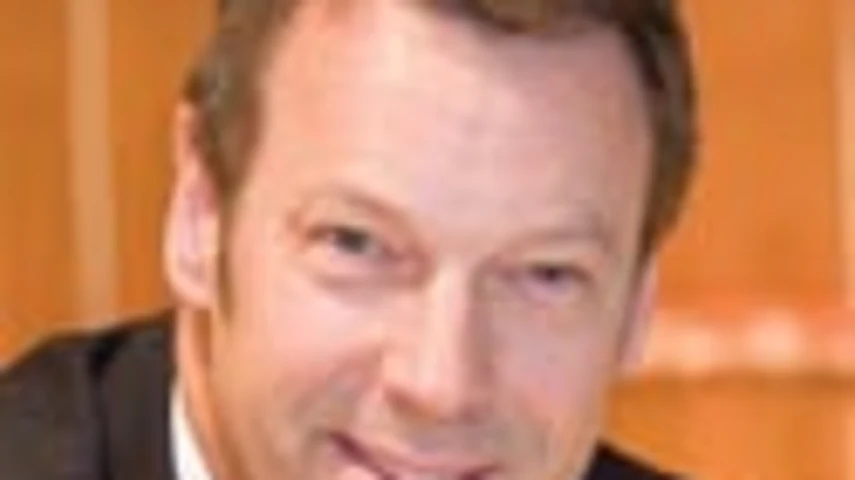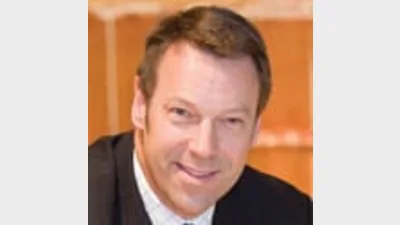Instos put spotlight on boutique 'independence'



So-called ‘unaligned’ boutique advisory groups claiming the high ground on independence is a furphy that ignores not only the facts but also places serious risk on investor capital, several of Australia’s largest institutions have warned.
A spokesman for ING Australia, Peter Hansen, said the issue of independence of advice was largely one of perception that had gained significant traction in the past 18 months.
“This is a challenge for us, but the reality is it’s just a perception,” he said.
“An advisory group that is either owned or part-owned by a larger institution has a far greater brand to protect [than a smaller boutique model]. Reputational issues are extremely important and there has obviously been a great deal of money spent building that brand and that reputation and no group is going to risk the reputation of that brand over product pushing,” Hansen added.
ING Australia, which has either a partial stake or controlling interest in some 1,700 advisory practices, is also able to offer services at a price that can’t be matched by smaller boutique practices.
“We can offer research facilities and technical analysis [and] up-to-date advice on tax issues at the very highest levels. All these services come with an associated cost that smaller groups can’t replicate. Consider all the changing regulations going on at the moment — there is a cost associated with keeping up to date with all these issues and again, scale matters," Hansen said.
Hansen was responding to a number of comments issued by boutique financial advisory groups suggesting only unaligned practices could boast true independence of advice. FIA Financial Planning principal Brett Handke said advisory groups owned by a bank would always be influenced to sell investment products sold by that bank, while Hewison & Associated director Andrew Hewison said the concentration of ownership across the financial services industry was eroding independent advice.
But ING's Hansen said this view was not consistent with the facts — “consider the approved products our aligned practices offer” — it also risked attracting funds away from the stability that large institutionally owned groups offered.
“Some of the largest collapses, like Storm, had nothing to do with institutions and when there are issues that put investor capital at risk, the client should know they have the backing of a large institution to support them.”
A spokesperson for AMP also said the question of independence was a non-issue for institutions. “We have some 600 investment products on our approved list and clearly they’re not all AMP.”
Recommended for you
The RBA has made its latest interest rate decision at the the final monetary policy meeting of 2025.
State Street is actively seeking to launch ETFs in the Australian government, corporate and high yield bond space next year in order to capitalise on the phase-out of AT1 hybrids.
Greater consistency across the ASIC adviser exam has helped boost the number of first-time candidates this year with many opting to sit before undertaking a Professional Year.
Financial advice practice Eureka Whittaker Macnaught is in the process of acquiring three firms to boost its annual revenue to $25 million.











